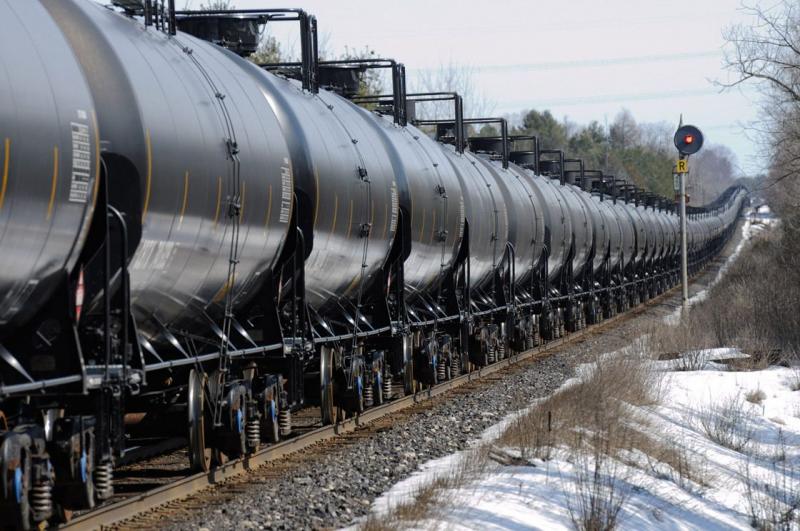Global Crude Transportation Market Is Estimated To Witness High Growth Owing To Increasing Oil and Gas Exploration Activities
The global crude transportation market is estimated to be valued at US$ 21.58 billion in 2023 and is expected to exhibit a CAGR of 6% over the forecast period 2023-2030, as highlighted in a new report published by Coherent Market Insights. The market is driven by the increasing oil and gas exploration activities, which require efficient transportation of crude oil from production sites to refineries.
Market Overview:
The crude transportation market involves the transportation of crude oil through various modes such as pipelines, tankers, and railcars. It plays a crucial role in ensuring the smooth flow of crude oil from production fields to refineries, where it is processed and converted into usable products such as gasoline, diesel, and jet fuel. The demand for crude oil is constantly increasing due to the growing population, urbanization, and industrialization, making efficient transportation a necessity.
Market Key Trends:
One key trend driving the growth of the crude transportation market is the increased use of pipelines. Pipelines are considered the most efficient and cost-effective mode of transporting crude oil over long distances. They offer several advantages, including higher capacity, lower operating costs, and reduced environmental impact compared to other modes of transportation. For example, the Keystone Pipeline system in North America has a capacity of transporting over 590,000 barrels of crude oil per day.
PEST Analysis:
Political: The political factors influencing the crude transportation market include government regulations and policies related to energy security, environmental protection, and infrastructure development. For instance, the approval or rejection of major pipeline projects often depends on political factors and public sentiment.
Economic: Economic factors such as oil prices, market demand, and economic growth influence the demand for crude transportation services. Higher oil prices incentivize increased production, leading to higher demand for transportation services.
Social: Social factors such as growing energy consumption, rising population, and changing consumer preferences impact the crude transportation market. The increasing demand for petroleum products from various industries and households drives the need for efficient transportation.
Technological: Technological advancements have significantly improved the efficiency and safety of crude transportation. For example, advanced pipeline monitoring systems and leak detection technologies help prevent accidents and minimize environmental impacts.
Key Takeaways:
1: The Global Crude Transportation Market Size is expected to witness high growth, exhibiting a CAGR of 6% over the forecast period. This growth can be attributed to increasing oil and gas exploration activities, which drive the demand for efficient transportation solutions.
2: In terms of regional analysis, North America is expected to be the fastest-growing and dominating region in the crude transportation market. The region has a well-developed pipeline infrastructure and is a major producer of crude oil. Furthermore, the shale oil boom in the United States has contributed to the increased demand for crude transportation services.
3: Key players operating in the global crude transportation market include ExxonMobil Corporation, Royal Dutch Shell, Chevron Corporation, BP plc, TotalEnergies SE, ConocoPhillips, China National Petroleum Corporation, Saudi Aramco, Rosneft Oil Company, Valero Energy Corporation, Phillips 66, Marathon Petroleum Corporation, PetroChina Company Limited, Kinder Morgan Inc., and Enbridge Inc. These players are focused on expanding their pipeline networks, investing in advanced technologies, and improving operational efficiency to meet the growing demand for crude transportation.
In conclusion, the global crude transportation market is poised for significant growth due to increasing oil and gas exploration activities. The market is driven by the need for efficient transportation solutions to ensure the smooth flow of crude oil from production fields to refineries. Pipelines are emerging as a preferred mode of transportation, given their advantages in terms of capacity, cost-effectiveness, and environmental impact. Political, economic, social, and technological factors also play a crucial role in shaping the market dynamics. North America is expected to lead the market in terms of growth and dominance. The key players in the market are investing in infrastructure development and technological advancements to meet the growing demand for crude transportation.
